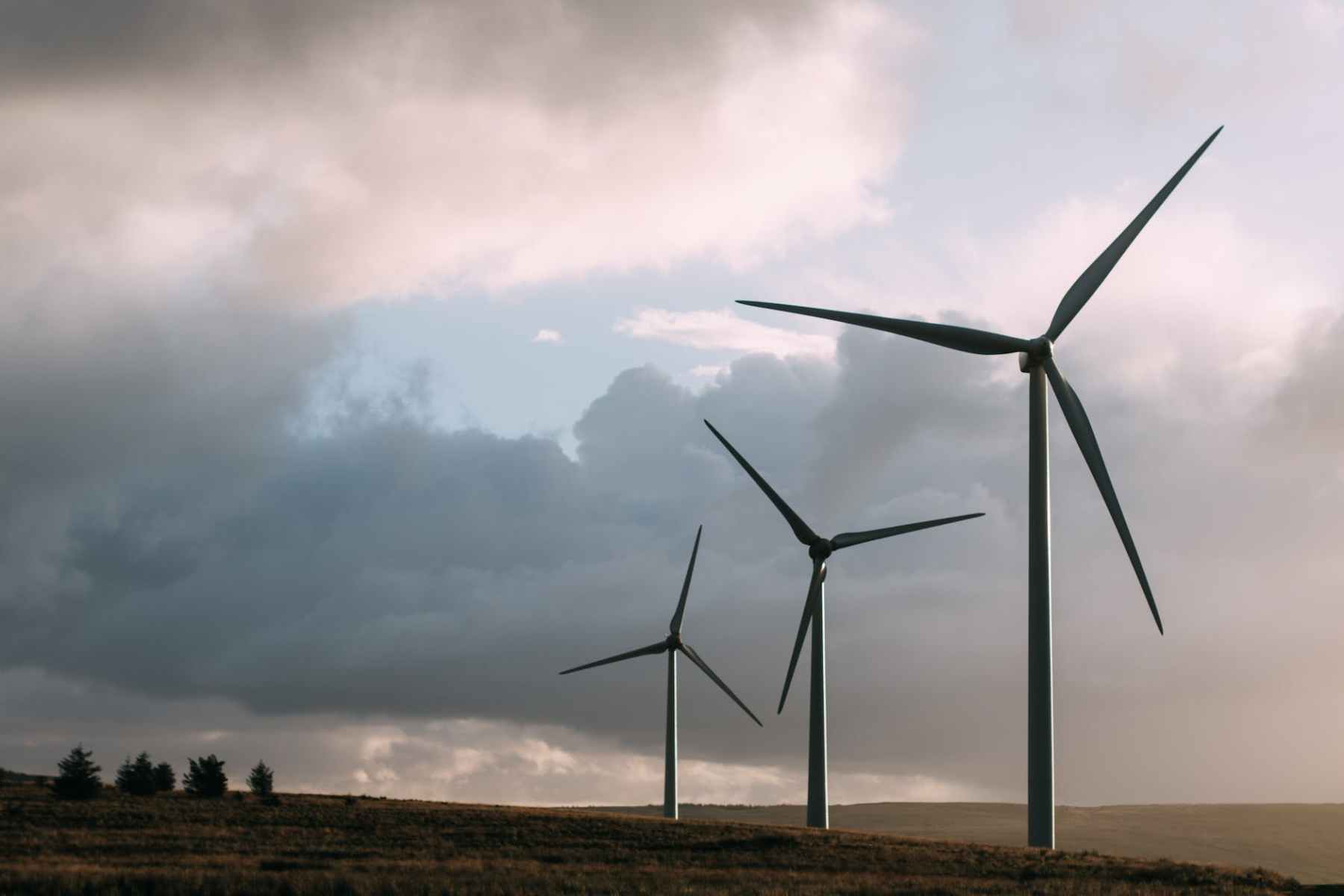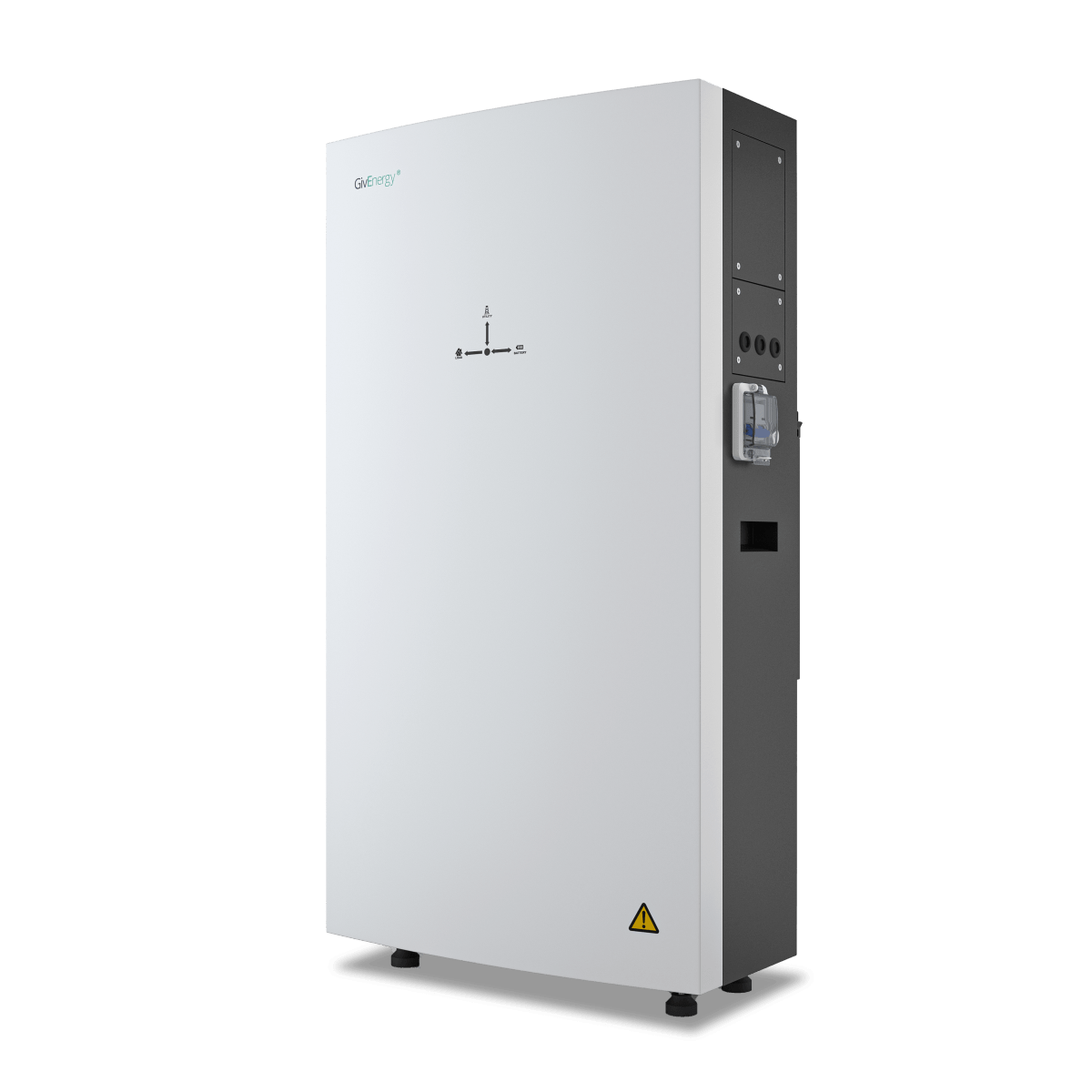There was a time when we all took our electricity supply for granted.
Those days are no more.
From extreme weather to deliberate attacks on infrastructure, a stable electricity supply is no longer a given.
Here, we bring you three of the biggest threats to our electricity supply. We also explain how battery storage can mitigate these threats.
What is a ‘stable electricity supply?’
According to the International Energy Agency (IEA), electricity security is defined as a ‘security of supply.’
This constitutes providing electricity to consumers reliably and at reasonable cost.
Now that’s out of the way, let’s get to the main issue at hand.
Threat no. 1: extreme weather
Power cuts caused by bad weather are nothing new.
However, the effects of climate change mean extreme weather events are more frequent.
Here are a few ways extreme weather events can threaten electricity supply, as noted by IOP Science.
Extreme cold
Low temperatures, snowfall, and ice can all affect overhead power lines.

For example, January and February 2008 saw winter storms across southern and central China — areas not normally prone to cold weather.
The weight of ice caused mechanical failures of power lines, leading to electricity outages.
Extreme heat
High temperatures can reduce the ability of transformers to shed heat.
Moreover, overhead power lines may sag in hot weather due to thermal expansion. This, in turn, increases the risk of short circuiting.
During hot weather, electricity usage can increase as more people turn on air conditioning and other methods of keeping cool.
In 2022, electricity usage reached an all-time high in Texas amid a heatwave, hitting 76.5GW.
Extreme heat also increases the risk of wild fires, which then further risks the tripping of transmission circuits.
Flooding
Floods can lead to the precautionary closure of electricity grid infrastructure.
Floods can also directly affect key infrastructure, as happened in Lancashire in 2015. Storm Desmond led to a flood at an electricity substation, resulting in the loss of grid electricity for more than 100,000 people in Lancaster over a 24-hour period.
High winds
Extremely windy conditions can cause damage to grid infrastructure.

Just think of all those news reports you read about trees blowing over and bringing down power lines.
That being said, there is at least one positive when it comes to high winds.
Wind turbines generate more energy. (Who’d have guessed?!)

Wind turbines generated a record 28.7% of the UK’s electricity in 2023, compared with 2.7% in 2010.
Threat no. 2: deliberate attacks on grid infrastructure
This could include:
- Attacks on physical infrastructure
- Cyberattacks
According to the Cabinet Office, an attack on the UK’s energy network is now a ‘major risk.’
In its first update for three years, the UK risk register ranks an attack on UK infrastructure with ‘significant’ impact as 5-25% likely within a 2-year period, as reported in August 2023.
The most significant risks involve deliberate disruption of energy supply by Russia, and terror attacks on utility networks.
Threat no. 3: failure to plan for the big energy transition
The UK has set a legally binding target of net zero carbon emissions by 2050.
A key piece of the net zero puzzle is that of transitioning to clean renewable sources of energy.
The good news?
More of the UK’s energy than ever before comes from renewable sources – a mix of wind, solar, bioenergy, and hydroelectric.
2020 marked the first year in the UK’s history that electricity came predominantly from renewables, with 43% coming from a mixture of the sources above.
On May 15, 2023, the UK produced its trillionth kilowatt hour (kWh) of electricity from renewables.
All of this is great news for cutting carbon emissions. However, renewables can have hour-to-hour variability.
Take solar as an example. The sun doesn’t always shine exactly when you need it.
Energy storage can help offset this hour-to-hour variability by storing energy to use when it’s needed most, such as during peak hours.
According to IEA, pumped storage hydropower is currently the largest form of energy storage by capacity. However, grid scale battery storage is catching up.

The UK battery strategy notes that domestic grid scale battery storage is set to increase from 2GWh to 20GWh between 2023-2035.
When it comes to long duration energy storage (LDES), the UK needs to do more, according to a recent report.
Renewables need energy storage. Failure to plan could mean energy from renewables goes to waste. This could in turn, lead to electricity outages, or reliance on carbon-emitting fossil fuels.
How battery storage can help (& how YOU can play your part)
Industry, government, and others have a shared responsibility to help mitigate threats to our electricity supply.
On the one hand, there are some things beyond the control of ordinary energy consumers. You can’t control the weather, and there’s not a whole lot you can do to stop attacks on energy infrastructure.
On the other hand, there are a few ways you can play your part.
Preparing for electricity outages
An emergency power supply (EPS) can help you ‘keep the lights on’ in the event of an electricity outage.
Contrary to popular myth, solar panels alone cannot power your home in the event of a power cut.
You need:
- A home battery storage system
- An EPS wired to provide home backup power
How you wire your EPS depends on whether you want:
- Whole house backup (powering your home as normal)
- Essential load backup (powering only essential devices in your home)


If home backup power is a priority, you may want to consider the GivEnergy All in One with Giv-Gateway — a ready-made home backup solution with no extra wiring required.
Make sure to do plenty of research before deciding which EPS solution is for you.
Click here for a comprehensive guide.
Reducing strain on the grid
Battery storage plus renewables
Let’s say you have solar panels installed on the roof of your home.
You’re generating clean solar energy.
Add battery storage into the mix, and you can use that energy to power your home when you need it most.
With this setup, you draw less electricity from the grid, helping reduce strain.
Plus you can also save on your energy bills, as much as 85% per year, according to data from GivEnergy customers.
Standalone battery storage
The somewhat ‘unsung hero’ of energy storage.
Make no mistake. Battery storage plus renewables is the ideal setup.
However, we’re well aware that not everyone has the means — financial, practical, or otherwise — to install renewable technology (solar panels, wind turbine for home, etc.)
A standalone battery coupled with a smart time-of-use electricity tariff means you can draw electricity from the grid during cheaper off-peak hours. You can then use cheaper energy stored in your battery during hours when you need it most, such as during times of peak demand.
This not only helps you save on bills, but can also help reduce strain on the grid during peak times, in turn helping to mitigate potential electricity outages.
Ready to play your part?
If you want to help mitigate threats to our electricity supply, click here to find out which home battery storage system is right for you.









